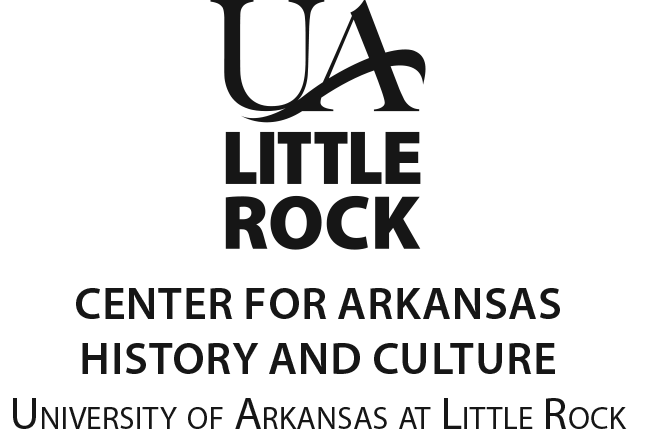Immigrants from Japan began arriving in the United States in the late 1800s. They settled primarily in Hawaii (which became a U.S. territory in 1898), California, Oregon, and Washington.
Several months after the Japanese bombing of Pearl Harbor on December 7, 1941, President Franklin Roosevelt signed Executive Order 9066, which authorized the forced removal of people of Japanese ancestry living along the West Coast. The military forced Japanese Americans living in the "military exclusion zone" from their homes and sent them to one of fifteen temporary detention centers. Because people of Japanese descent made up one third of Hawaii's population, officials decided that their complete removal was impossible. Instead, they incarcerated 1,875 Japanese Hawaiians with ties to prominent community leaders.
The U.S. government held incarcerees in these temporary centers for three to six months before moving them again to ten long term American concentration camps located in western and central U.S. states. Official documents stated that the purpose of the camps was to disperse Japanese Americans throughout the United States and away from strategic military zones. Arkansas hosted two of the camps at Rohwer and Jerome. Approximately 120,000 Japanese Americans suffered incarceration and relocation, 8,417 of them at Rohwer and 8,484 at Jerome.
 RISING ABOVE
RISING ABOVE







